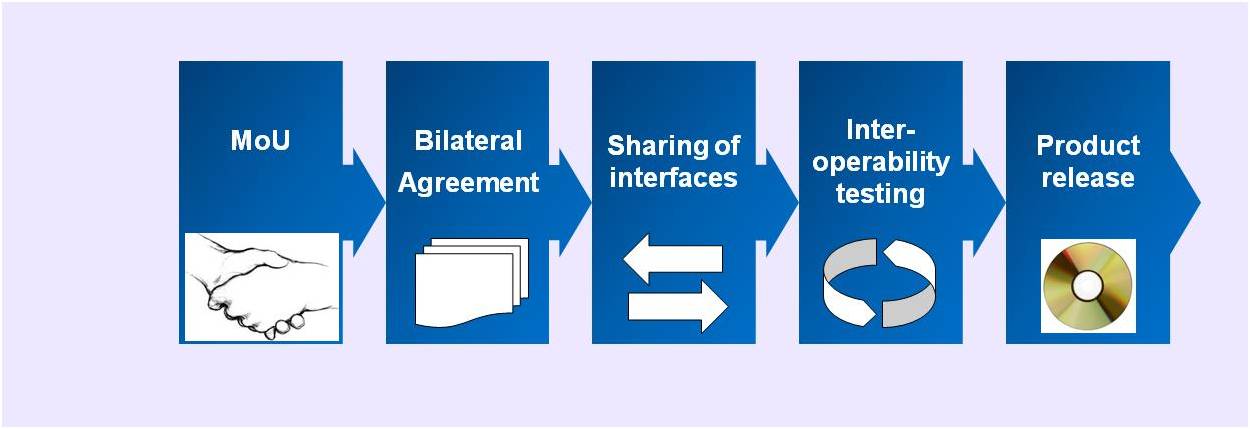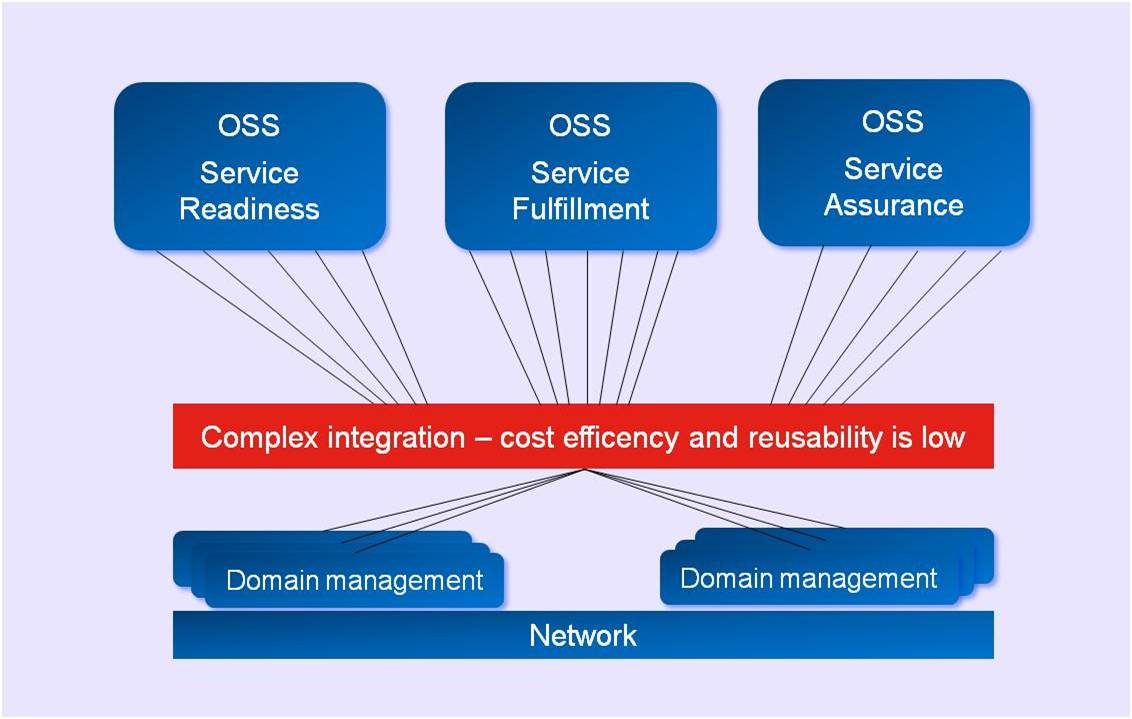Do-it-Yourself Standards
OSSii
On May 13 three of the largest players in the field of OSS, Ericsson, Huawei and Nokia Siemens Networks (NSN), formally announced the creation of OSSii. These network equipment manufacturers (NEMs) are competitors, if not bitter rivals, that have profited significantly from their walled gardens, so it’s quite revolutionary that they would band together to advance interoperability. Their partnership represents the kind of coopetition Pipeline has been evangelizing for years.
OSSii enables interoperability between partner systems, reducing the cost and accelerating the speed at which new services can be deployed. According to NSN’s press release, “The reciprocal agreement will cover fault, performance, configuration, and basic network event and trace management for the northbound interfaces from radio-access, circuit-core and packet-core network management systems.”

Source: OSSii
Right now the speed of innovation is bogged down by the status quo, added Peter Patomella, NSN’s head of OSS. “The OSS marketplace is a patchwork of standards and proprietary interfaces that are controlled by the IPR [intellectual property rights] owners. With cross-license agreements we want to help operators take full advantage of the best available products in our industry.” As you can see in figure 2, CSPs must currently execute a great deal of complex integration work in order to make disparate OSS systems function in concert with one another.

Source: OSSii
Flattening the landscape and breaking down silos will also reduce costs for CSPs. Ericsson’s VP and head of product area radio, Thomas Norén, commented on this perk in the company’s own announcement of OSSii, saying, “It will stimulate innovation in network management and cut costs for our customers, which is great.”
And in Huawei’s press release, the president of its OSS unit, Jiang Wangcheng, stressed his own belief that the initiative will quicken innovation: “The OSSii agreement will greatly forward OSS development and will provide operators in all markets the ability to fully capitalize on the best OSS solutions available.”



















